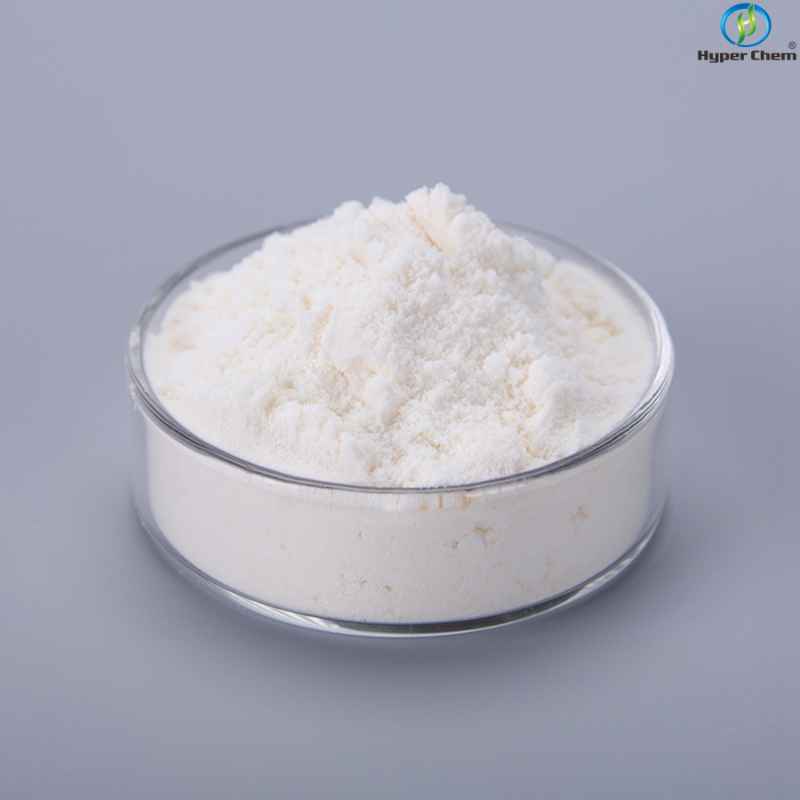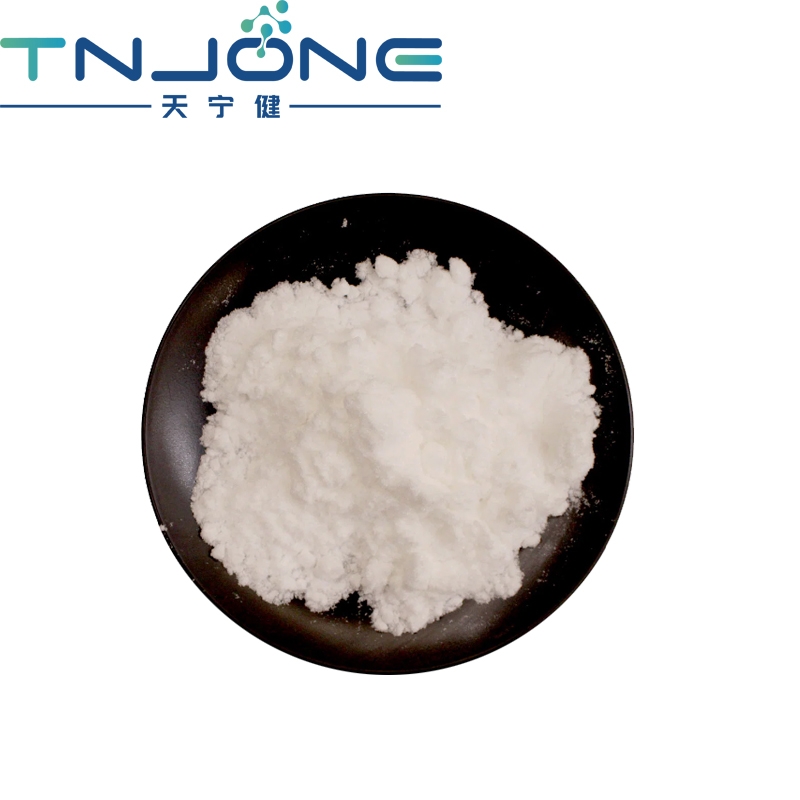-
Categories
-
Pharmaceutical Intermediates
-
Active Pharmaceutical Ingredients
-
Food Additives
- Industrial Coatings
- Agrochemicals
- Dyes and Pigments
- Surfactant
- Flavors and Fragrances
- Chemical Reagents
- Catalyst and Auxiliary
- Natural Products
- Inorganic Chemistry
-
Organic Chemistry
-
Biochemical Engineering
- Analytical Chemistry
-
Cosmetic Ingredient
- Water Treatment Chemical
-
Pharmaceutical Intermediates
Promotion
ECHEMI Mall
Wholesale
Weekly Price
Exhibition
News
-
Trade Service
Nomenclature of coagulation factors
nomenclature of coagulation factors nomenclature of coagulation factorsFor uniform naming, the World Health Organization is numbered with Roman numerals in the order in which they were discovered.
For uniform naming, the World Health Organization is numbered with Roman numerals in the order in which they were discovered.
major clotting factor major clotting factor
Factor l : fibrinogen factor II : thrombin factor factor III : tissue factor factor IV : calcium factor ( Ca2+ ) factor V : prothrombin, variable factor factor VII : transition accelerating factor precursor, prothrombin Prokinase, auxiliary thromboplastin factor VIII : anti-hemophilic globulin A ( AHG A ), anti-hemophilic factor A ( AHFA ), platelet cofactor I , hemophilic factor VIII or A factor IX : anti -hemophilic factor A (AHFA) Hemophilic globulin B ( AHG B ), antihemophilic factor B ( AHF B ), hemophilic factor IX or factor B
Factor l : fibrinogen factor II : thrombin factor factor III : tissue factor factor IV : calcium factor ( Ca2+ ) factor V : prothrombin, variable factor factor VII : transition accelerating factor precursor, prothrombin Prokinase, auxiliary thromboplastin factor VIII : anti-hemophilic globulin A ( AHG A ), anti-hemophilic factor A ( AHFA ), platelet cofactor I , hemophilic factor VIII or A factor IX : anti -hemophilic factor A (AHFA) Hemophilic globulin B ( AHG B ), antihemophilic factor B ( AHF B ), hemophilic factor IX or factor B
coagulation factor coagulation factor coagulation factor coagulation factor
FITZGERALD factor
FITZGERALD factor
prothrombin activation prothrombin activation prothrombin activation
There are both endogenous and exogenous activation systems in the body
There are both endogenous and exogenous activation systems in the body
Exogenous is initiated by contact of damaged tissue-exposed factor III with blood
fibrin formation fibrin formation fibrin formation
Under the action of thrombin,fibrinogen dissolved in plasma is converted into fibrin monomer, and at the same time, thrombin activates XIII to XIIIa , which connects fibrin monomers to each other to form water-insoluble fibrin multimers.
Under the action of thrombin, fibrinogen dissolved in plasma is converted into fibrin monomer, and at the same time, thrombin activates XIII to XIIIa , which connects fibrin monomers to each other to form water-insoluble fibrin multimers.
Intrinsic and extrinsic coagulation pathways can activate each other
common way common way
From factor X activation to fibrin formation, it is a common coagulation pathway of endogenous and exogenous coagulation
From factor X activation to fibrin formation, it is a common coagulation pathway of endogenous and exogenous coagulation
① Thromboplastin formation: that is, Xa , factor V , PF3 and calcium ions form a complex, namely thromboplastin, also known as prothrombinase
②Thrombin formation: Under the action of prothrombinase, prothrombin is converted into thrombin
③ Fibrin formation: Fibrin contains three pairs of polypeptide chains, of which A and B contain many acidic amino acids, so they have more negative charges.
Thrombin hydrolyzes the more negatively charged fibrin peptides A and B and removes them.
Converted into fibrin monomers, soluble in urea or sodium bromide, and soluble fibrin; at the same time, thrombin activates the factor, which cross-links soluble fibrin to form insoluble stable fibrin, thereby Form blood clots
.
So far the coagulation process is complete
.
related diseases caused by factor deficiency
Related diseases caused by factor deficiency Related diseases caused by factor deficiencyHereditary coagulation factor deficiency disease: It is characterized by frequent bleeding symptoms since childhood, with a family history of inheritance.
Except for hemophilia A and B, which are sex chromosomal recessive inheritance, they are generally autosomal recessive inheritance, and can be both male and female.
Sick, often consanguineous marriage history
.
The diseases in this group are all single coagulation factor deficiency, of which factor VIII deficiency (hemophilia A) is the most common, and all other factors can be deficient except for Ⅲ and Ⅳ .
Except for hemophilia A and B, which are sex chromosomal recessive inheritance, they are generally autosomal recessive inheritance, and can be both male and female.
Sick, often consanguineous marriage history
.
The diseases in this group are all single coagulation factor deficiency, of which factor VIII deficiency (hemophilia A) is the most common, and all other factors can be deficient except for Ⅲ and Ⅳ .
Acquired coagulation factor deficiency diseases: common such as vitamin K deficiency, for the lack of factors II , VII , IX , X , and severe liver disease
.
Diagnosis is by examining coagulation patterns and correcting tests
.
Treatment with fresh plasma or cryoprecipitate is effective, and for acquired patients, the primary disease should be treated
.
.
Diagnosis is by examining coagulation patterns and correcting tests
.
Treatment with fresh plasma or cryoprecipitate is effective, and for acquired patients, the primary disease should be treated
.
diagnosis
Prothrombin deficiency: more common in neonatal hemorrhage and severe liver disease
.
1 to 5 days after birth, the lack of prothrombin due to lack of intestinal bacteria and inability to synthesize vitamin K ; in patients with complete biliary atresia, the lack of bile affects the absorption of fat-soluble vitamin K or digestive disorders.
Patients with poor absorption of vitamin K cannot synthesize sufficient prothrombin .
Acute infectious hepatitis, toxic hepatitis, acute yellow liver atrophy, liver cirrhosis and other severe liver diseases can occur prothrombin deficiency and often combined with factor V , XII , X deficiency (called prothrombin complex deficiency) .
Patients with severe liver disease may also experience severe bleeding due to increased anticoagulant factors such as heparin .
.
1 to 5 days after birth, the lack of prothrombin due to lack of intestinal bacteria and inability to synthesize vitamin K ; in patients with complete biliary atresia, the lack of bile affects the absorption of fat-soluble vitamin K or digestive disorders.
Patients with poor absorption of vitamin K digestion cannot synthesize sufficient prothrombin .
Acute infectious hepatitis, toxic hepatitis, acute yellow liver atrophy, liver cirrhosis and other severe liver diseases can occur prothrombin deficiency and often combined with factor V , XII , X deficiency (called prothrombin complex deficiency) .
Patients with severe liver disease may also experience severe bleeding due to increased anticoagulant factors such as heparin .
Factor XII deficiency: The disease, also known as Hagerman's factor deficiency, is familial and can be affected by both men and women
.
Factor XII is inactive in plasma, and when vascular damage or endothelium is damaged, it is activated by contact with subendothelial collagen, starting the endogenous coagulation system
.
The patient has no bleeding tendency on weekdays, and only has mild bleeding after surgery or trauma, because when factor XII is deficient, factor XI can replace factor XII as a triggering factor
.
.
Factor XII is inactive in plasma, and when vascular damage or endothelium is damaged, it is activated by contact with subendothelial collagen, starting the endogenous coagulation system
.
The patient has no bleeding tendency on weekdays, and only has mild bleeding after surgery or trauma, because when factor XII is deficient, factor XI can replace factor XII as a triggering factor
.
Factor V deficiency: Also known as parahemophilia, or Ovren's disease
.
There are two types of congenital or acquired
.
Acquired in severe liver disease, leukemia , sepsis, etc.
, both men and women can be affected
.
.
There are two types of congenital or acquired
.
Acquired in severe liver disease, leukemia , sepsis, etc.
, both men and women can be affected
.
leukemia
Factor VII deficiency: there are two types of congenital or acquired
.
Patients with congenital factor VII deficiency have bleeding manifestations in neonates and early childhood
.
.
Patients with congenital factor VII deficiency have bleeding manifestations in neonates and early childhood
.
Factor X deficiency: there are two types of congenital and acquired, both men and women can be affected
.
Factor X is synthesized in the liver and requires vitamin K as a coenzyme
.
This factor is poorly synthesized in patients with vitamin K deficiency and severe liver disease
.
Dicoumarin excess, amyloidosis and disseminated intravascular coagulation in patients with this factor is often reduced
.
.
Factor X is synthesized in the liver and requires vitamin K as a coenzyme
.
This factor is poorly synthesized in patients with vitamin K deficiency and severe liver disease
.
Dicoumarin excess, amyloidosis and disseminated intravascular coagulation in patients with this factor is often reduced
.
Factor XIII deficiency: XIII is a transamidase, and in soluble fibrin polymers, XIII covalently links fibrin monomers together
.
Covalently linked multimers are insoluble fibrin multimers with stable properties
.
Acquired factor XIII deficiency is seen in lupus erythematosus, autoimmune hemolytic anemia, uremia, leukemia, malignant lymphoma , multiple myeloma, cirrhosis, and fulminant hepatitis
.
Long-term use of isoniazid can produce anti-factor XIII antibodies, which can inactivate or neutralize factor XIII , affecting the stability of the clot, and the patient has a tendency to bleeding
.
.
Covalently linked multimers are insoluble fibrin multimers with stable properties
.
Acquired factor XIII deficiency is seen in lupus erythematosus, autoimmune hemolytic anemia, uremia, leukemia, malignant lymphoma , multiple myeloma, cirrhosis, and fulminant hepatitis
.
Long-term use of isoniazid can produce anti-factor immune lymphoma XIII antibody, which can inactivate or neutralize factor XIII , affecting the stability of the clot, and the patient has a tendency to bleeding
.
The significance of factor activity measurement
Factor Activity Measurement Significance Factor Activity Measurement Significance Factor Activity Measurement Significancereduce:
reduce:1.
Factor VIII : C decreased, seen in hemophilia A , von Willebrand disease, disseminated intravascular coagulation, etc.
;
Factor VIII : C decreased, seen in hemophilia A , von Willebrand disease, disseminated intravascular coagulation, etc.
;
2.
Factor IX : C decreased, seen in hemophilia C , liver disease, vitamin K deficiency, disseminated intravascular coagulation, oral anticoagulants, etc.
;
Factor IX : C decreased, seen in hemophilia C , liver disease, vitamin K deficiency, disseminated intravascular coagulation, oral anticoagulants, etc.
;
3.
Factor XI : C decreased, which can be seen in congenital factor XI deficiency, vitamin K deficiency, disseminated intravascular coagulation, etc.
;
Factor XI : C decreased, which can be seen in congenital factor XI deficiency, vitamin K deficiency, disseminated intravascular coagulation, etc.
;
4.
Factor XII : C decreased, which can be seen in congenital factor XII deficiency, disseminated intravascular coagulation, liver disease, etc.
;
Factor XII : C decreased, which can be seen in congenital factor XII deficiency, disseminated intravascular coagulation, liver disease, etc.
;
5.
Factor II : C , factor V : C , factor VII : C , factor X : C decrease, seen in congenital coagulation factor deficiency or acquired coagulation factor decrease, such as liver disease, vitamin K deficiency, disseminated intravascular coagulation, Oral anticoagulants and people with anticoagulant substances in their blood
.
Factor II : C , factor V : C , factor VII : C , factor X : C decrease, seen in congenital coagulation factor deficiency or acquired coagulation factor decrease, such as liver disease, vitamin K deficiency, disseminated intravascular coagulation, Oral anticoagulants and people with anticoagulant substances in their blood
.
Raised:
Raised:Found in blood hypercoagulable state and thrombotic diseases, such as deep vein thrombosis, pulmonary embolism, nephrotic syndrome, pregnancy-induced hypertension syndrome and malignant tumors
.
.
Thrombotic hypertension
Note: People who take aspirin for a long time are not suitable for coagulation factor activity determination
.
.
leave a message here







